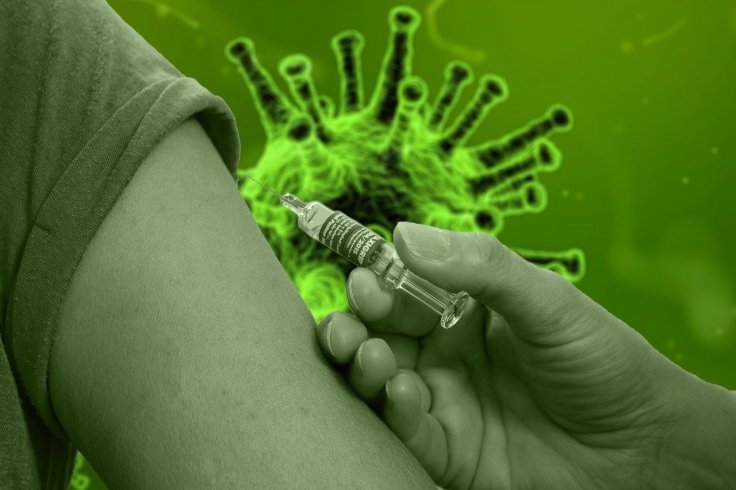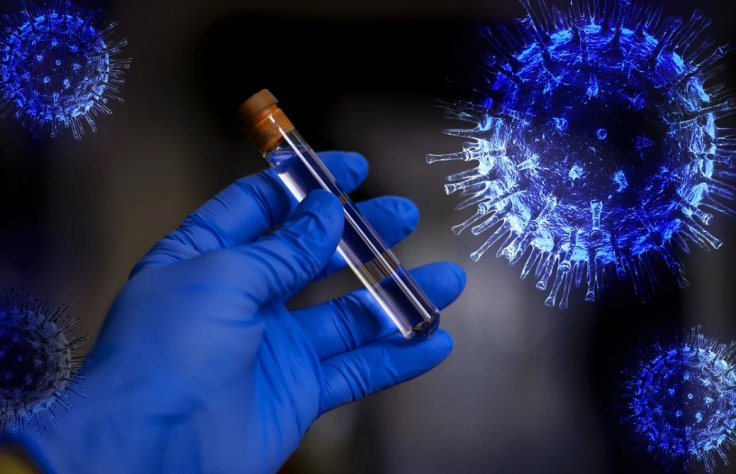The University of Oxford and pharmaceutical company AstraZeneca, who collaborated to create a Coronavirus vaccine and recently revealed clinical trial results of the candidate jab, acknowledged on Wednesday, November 25 that there had been a manufacturing error that led to the 90 percent effectiveness of the shot.
A statement admitting the error comes days after the company and the university released the results claiming the development of a "highly effective" vaccine candidate but it chose not to mention why some participants of the study did not receive as much vaccine as expected.

The developers of the vaccine candidate said that the interim analysis from its phase three trial shows that the 70 percent effectiveness comes from the combination of two doses. The volunteers were given two high doses that showed 62 percent effectiveness, but it became 90 percent effective when they were given a half dose, followed by a high dose, said the report.
But the way the results were achieved and then reported, has led to experts raising questions about the vaccine, as well as its efficacy. Experts in the US began losing their confidence in this vaccine candidate because of the error and also because of the irregularities, as well as the exclusion of the details that there was no elderly participant in the trial group.
Vaccine Result and Efficacy Issues
The partial results announced on Monday, November 23 are from large studies taking place in the UK and Brazil designed to determine the optimal dose of the vaccine, as well as examine the safety and efficacy of the candidate. Multiple combinations and doses were administrated to the participants, and they were compared to others who received a meningitis vaccine or a saline shot.
Before the beginning of the research, scientists spell out all the steps they are taking and how they will conduct the analysis of the results. Any divergence from that protocol can put the results in question. The University of Oxford said in a statement released on Wednesday that some of the vials which were used in the trial program did not have the right concentration of the Coronavirus vaccine so some of the participants received a half dose.
In addition, the makers of the vaccine also stated that Oxford discussed the problems with the regulators and agreed to complete the late-stage trial involving two groups. As per the statement, the manufacturing error has been corrected now.

According to the experts, the relatively small number of participants in the low dose group makes it difficult to find out whether the effects seen in the group are actual or a statistical quirk. AstraZeneca said around 2,741 volunteers got a half dose of the vaccine followed by a full dose, while more than 8,800 people received two full doses.
No elderly participants in trial
Another concerning factor is the absence of those participants who are above 55 in the low-dose group. Younger people usually have stronger immune responses compared to elderly individuals. So it could be possible that the presence of younger people in the low-dose group is the reason behind more efficacy, not the size of the dose.
While talking about the results of the trail, David Salisbury and an associate fellow of the global health program at the Chatham House think tank said that the confusion arose from the decision to get the results based on two groups of participants who received different dosing levels to reach the average 70 percent effectiveness.
Sarah Gilbert, one of the Oxford scientists, said that providing exactly the right amount of vaccine to trigger the best immune response could be the answer as to why a smaller dose would be more effective. "So, you want just the right amount and it's a bit hit and miss when you're trying to go quickly to get that perfect first time," she added.
Details of the study results will be published in the medical journal and UK regulators will then decide whether to authorize the distribution of the vaccine. The reports will include the demographic and other information about who fell sick in the trial groups and it will help to show a complete picture of how effective the vaccine is.









